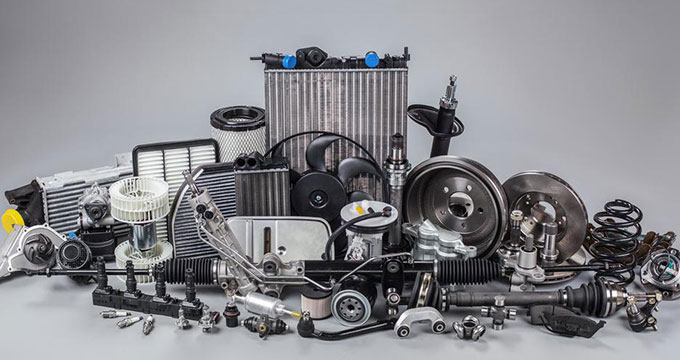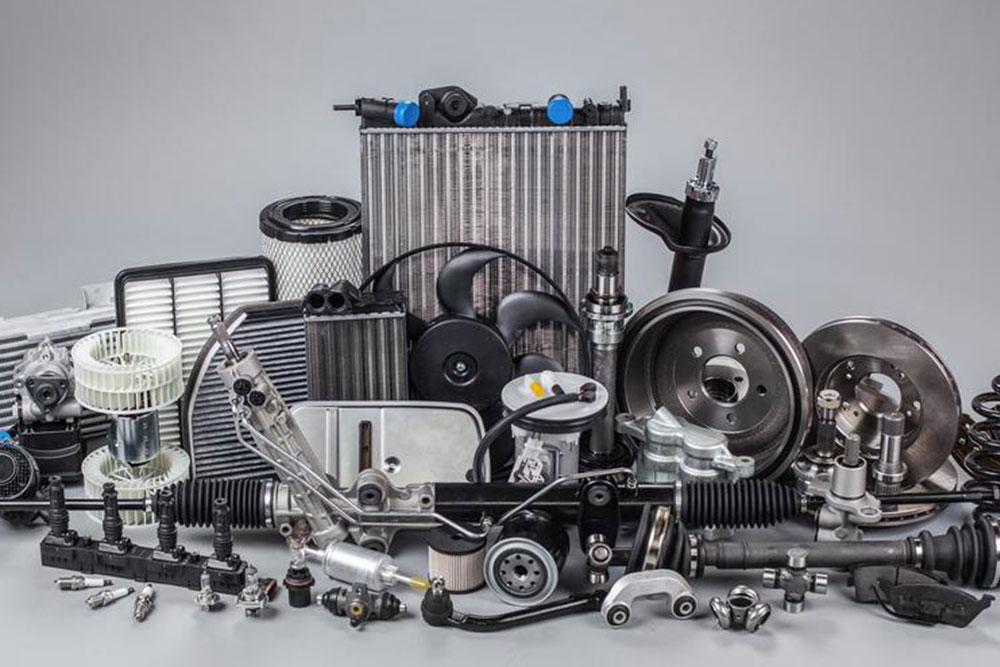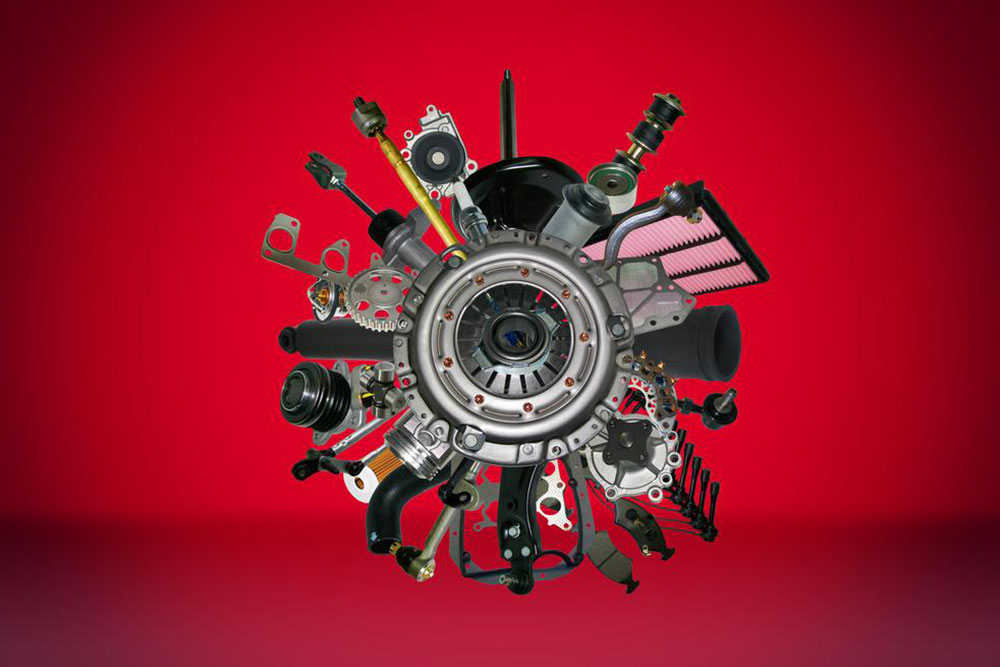Guide to Affordable Auto Parts: Is Choosing Cheap Auto Components a Smart Investment?
Discover whether choosing affordable auto parts is wise for your vehicle. This guide covers the benefits, potential pitfalls, and key tips for selecting quality aftermarket components. Learn how to balance cost savings with safety and performance to ensure your vehicle remains reliable and safe. Making informed decisions about auto parts can save you money while maintaining your vehicle's longevity.

Guide to Affordable Auto Parts: Is Choosing Cheap Auto Components a Smart Investment?
When it comes to vehicle maintenance and repairs, one of the most common dilemmas owners face is whether to opt for cost-effective aftermarket auto parts or to stick with original equipment manufacturer (OEM) components. Car repairs can quickly add up in expenses, prompting many vehicle owners to look for more affordable alternatives. Choosing cheaper auto parts might seem like a clever way to save money, but it raises questions about quality, durability, and overall safety.
Post-market auto parts, often referred to as aftermarket parts, are manufactured by third-party companies, separate from the original vehicle manufacturer. They are designed to replace or upgrade existing parts in a vehicle and are usually priced lower than OEM parts. The key question is: are these less expensive parts a reliable, safe choice for your vehicle? In recent years, the quality of aftermarket auto parts has improved dramatically, but there are still important considerations to keep in mind before making a purchase.
This comprehensive guide explores the benefits and potential drawbacks of choosing affordable auto parts, how to identify quality aftermarket parts, and tips for making a smart purchase decision that ensures your vehicle’s health and safety.
Advantages of Choosing Budget Auto Parts:
• Cost Savings: One of the primary reasons drivers opt for aftermarket auto parts is the significant cost difference compared to OEM parts. These parts can be priced considerably lower, sometimes by 30% to 50%, making vehicle repairs more affordable for the average consumer. This affordability is especially appealing for older vehicles or situations where the part is not critical for safety.
• Greater Selection and Accessibility: Aftermarket parts are available from a variety of manufacturers, providing consumers with a broader range of options. Unlike OEM parts, which are often sold exclusively through dealership networks and can be limited in supply, aftermarket parts can be found through numerous auto parts stores, online retailers, and local distributors. This increased availability simplifies the process of sourcing the right part quickly.
• Innovative Upgrades and Customization: Some aftermarket manufacturers develop parts with enhancements that offer better performance, improved durability, or customization options that are not available from the OEM. Enthusiasts and car modifiers often turn to aftermarket parts for these advantages, allowing for a more personalized driving experience.
Important Considerations When Buying Affordable Auto Parts:
• Quality and Durability: Not all aftermarket auto parts are created equal. While many reputable manufacturers produce high-quality components, some budget options may have inferior materials, leading to decreased lifespan, higher failure rates, or subpar performance. It’s crucial to research brands and read reviews before purchasing to ensure you are selecting a reliable product.
• Compatibility and Fit: Choosing the right aftermarket part requires attention to detail. A poorly fitting or incompatible part can cause additional damage or safety issues. Always verify that the part is specifically designed for your vehicle’s make, model, and year.
• Warranty and Support: OEM parts generally come with a standard warranty, often lasting around a year, providing peace of mind in case the part fails prematurely. Many reputable aftermarket brands also offer warranties, but these can vary widely. Check the warranty terms and customer support options before buying.
• Impact on Vehicle Performance and Safety: While some aftermarket parts may improve certain aspects of vehicle performance, others could compromise safety if they do not meet quality standards. For critical components such as braking systems, suspension, or airbags, sticking with OEM parts or high-quality aftermarket equivalents is advisable.
In conclusion, opting for affordable auto parts can be a practical solution to reduce repair costs, especially when you select reputable brands and ensure compatibility. However, it’s vital to do thorough research, consider the importance of the part being replaced, and prioritize vehicle safety. When in doubt, consulting with professional mechanics or automotive experts can help you make informed decisions that balance cost savings with long-term reliability.
Ultimately, understanding the differences between OEM and aftermarket auto parts, along with careful shopping practices, ensures you keep your vehicle running smoothly without unnecessary expenses. Whether you are a budget-conscious car owner or an enthusiast seeking customization, choosing the right auto parts is key to maintaining your vehicle’s performance and safety for years to come.





